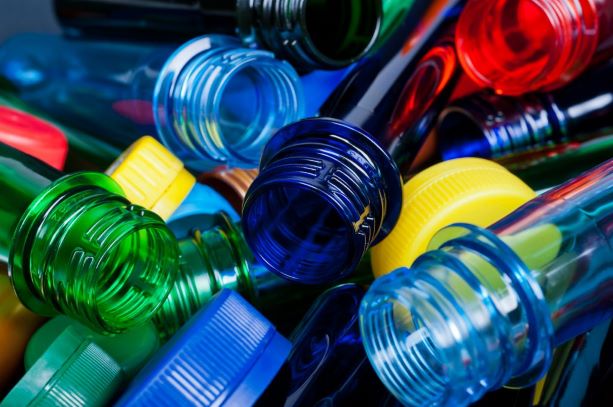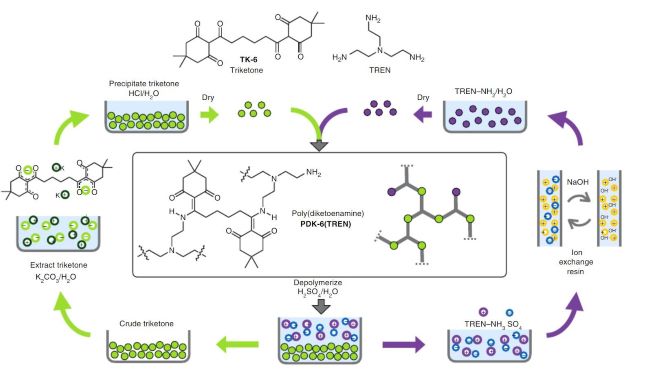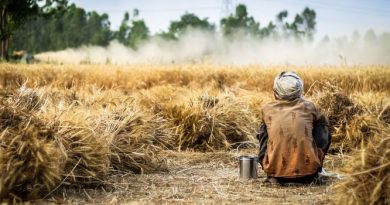US Researchers Claim To Have Created Endlessly Recyclable Plastics

Plastics, ‘enemy no.1’for most environmentalists due to their everlasting nature were not always like that.The wonder material enabled a huge part of the progress the world saw, thanks to its immense suite of features, from flexibility, to ductility to an ability to withstand all sorts of temperature variances etc. So amazing was the product, that perhas its biggest weakness in retrospect, the fact that it simply refuses to break down and go after being discarded, was ignored completely in the initial decade of its invention. It was only much later that realisation dawned, and managing plastic waste has become the global challenge that it is.
However, scientists at the Lawrence Berkeley National Laboratory say they may have a solution to the single-use plastic crisis. They claim to have created a recyclable plastic that can be disassembled into its constituent parts at the molecular level. To be then reassembled into a different shape, texture, and color again and again without loss of performance or quality.
“Most plastics were never made to be recycled,” said lead author Peter Christensen, a postdoctoral researcher at Berkeley Lab’s Molecular Foundry. “But we have discovered a new way to assemble plastics that takes recycling into consideration from a molecular perspective.” In other words, a method where the recycling cycle could theoretically, run for ever, putting an early stop to further requirements of plastic, potentially.
So how does it work? Plastics are made up of large molecules called polymers which in turn are created from shorter compounds called monomers. Then those polymers are mixed with additives that make them suitable for a particular purpose. Some make a plastic tough. Others make it flexible. Still others change its color. But those additives create strong chemical bonds with the polymers. Breaking those bonds is next to impossible in any cost-effective way.

That’s what makes it so hard to recycle plastics.
“Circular plastics and plastics upcycling are grand challenges,” says Brett Helms, a staff scientist at Berkeley’s Molecular Foundry. “We’ve already seen the impact of plastic waste leaking into our aquatic ecosystems, and this trend is likely to be exacerbated by the increasing amounts of plastics being manufactured and the downstream pressure it places on our municipal recycling infrastructure.”
To crack this challenge, researchers at Berkeley went back to basic principles,.focusing on recyclability from the beginning. The result is a plastic they call polydiketoenamine or PDK. “With PDKs, the immutable bonds of conventional plastics are replaced with reversible bonds that allow the plastic to be recycled more effectively,” Helms says.
Unlike conventional plastics, the monomers of PDK plastic can be recovered and freed from any additives simply by dunking the material in a highly acidic solution. The acid helps to break the bonds between the monomers and separates them from the chemical additives that give plastics their look and feel.

The plan is to develop PDKs with a range of thermal and mechanical properties for applications such as textiles, 3D printing and foams, while incorporating plant-based materials and other sustainable sources to make them greener.
So is it time to exhale? Not really. Go to market has been persistently tough for mst technologies that have promised a replacement for plastic, and that’s due to the final killer feature of plastic. A really low price. Thus, be it bio-plastics as they were called, or even other materials made from natural materials that have tied to replace plastics, it has been easier to just drop plastic use altogether than use a substitute. Not only have substitutes usually ended up simply making plastics look better, in some cases they have their limitations of being used at scale.
So for now, we would rather you went back and continued to keep the focus on reduce, recycle, and reuse.




